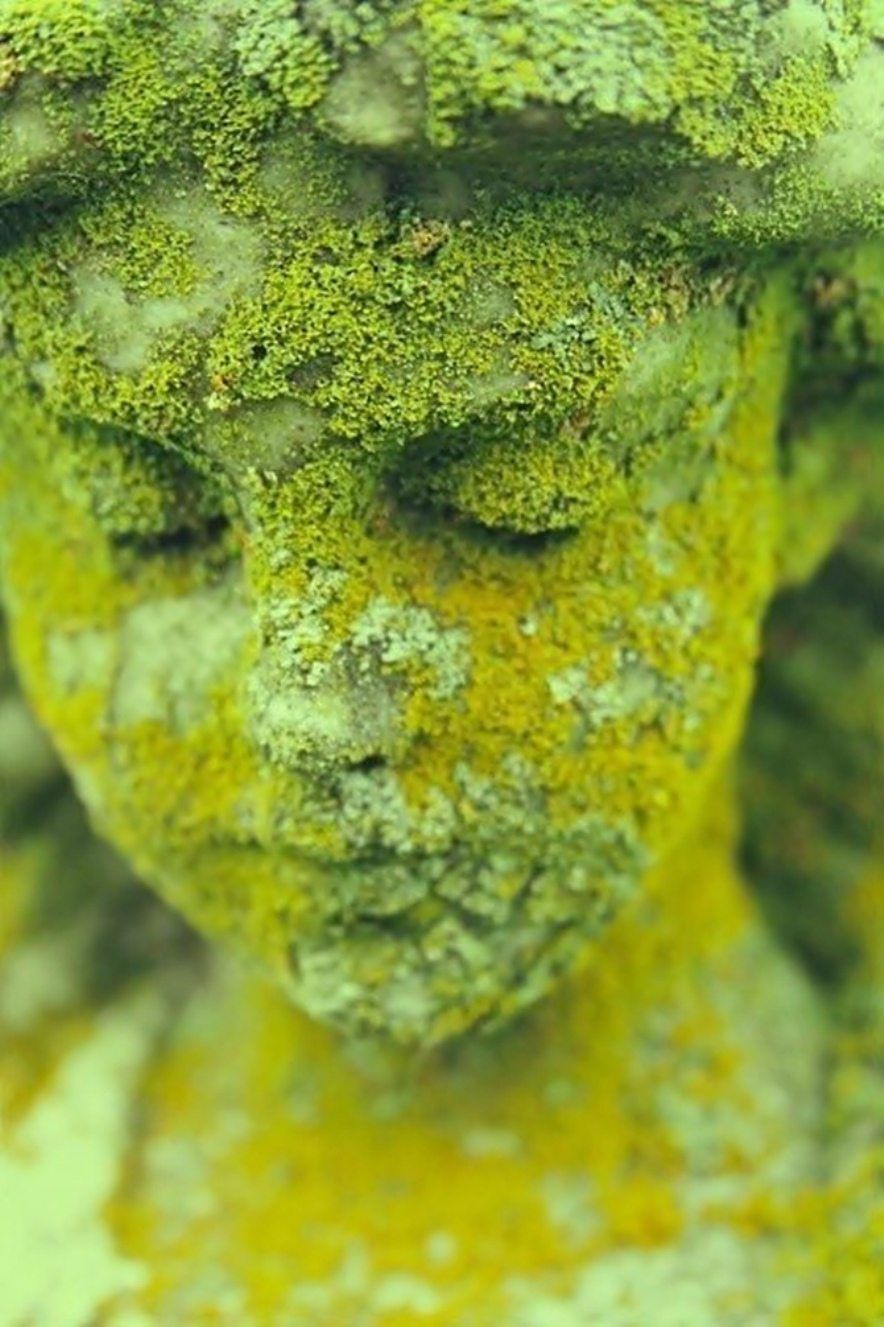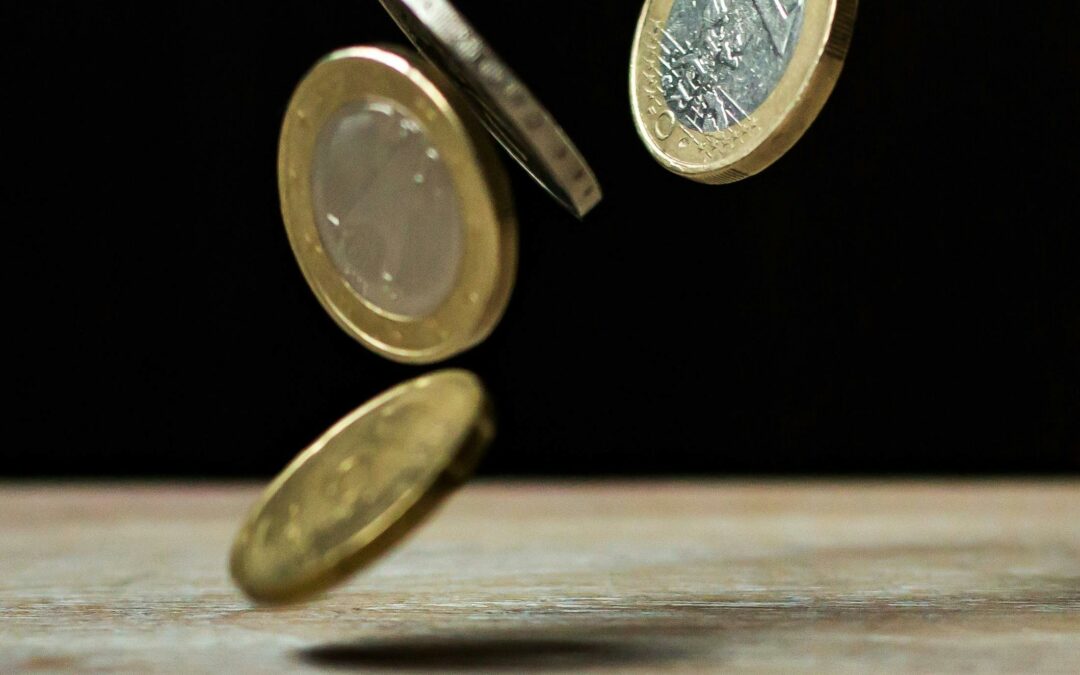Price is the rate, the cost of something evaluated and fixed in money.
Value is what a thing is or can be worth, a value which can be assessed, among other things, by a sum of money or a feeling.
But price and value are not necessarily correlated, they are even different. And this difference, when experienced, reveals our relationship to money and to ourselves.
The price is quantitative, fixed by a sum of money. Value can also be assessed by a sum of money, but above all by a feeling or real usefulness. “My kingdom for a glass of water” is a phrase from the author Richard Matheson. It well represents the value that a simple glass of water can take in a situation of extreme shortage. Normally the price of a glass of water is low, but its value becomes inestimable when survival depends on it.
He who knows the price of everything knows the value of nothing. The price is purely quantitative, it reveals a direct and passive relationship to the world because it is correlated only to appearance. Value reveals the essence of a thing, its true price based on subjective, unknown and fluctuating criteria. The price of the latest smartphone is high, but its value is low because its price falls rapidly due to technological developments and the appearance of new models. The price of a glass of water is low, but its value can become immense if a shortage occurs.
The relationship to price characterizes a fluctuating relationship to reality, limited to its pure appearance and direct enjoyment. The relationship to value reveals wisdom and knowledge of the true importance of a thing.
The relationship to price reveals a dry, rational mind limited to quality. The relationship with value can reveal openings to wisdom, history and feelings: the value of an object can then be influenced by past experiences, the imprint of history and the emotional connection.

